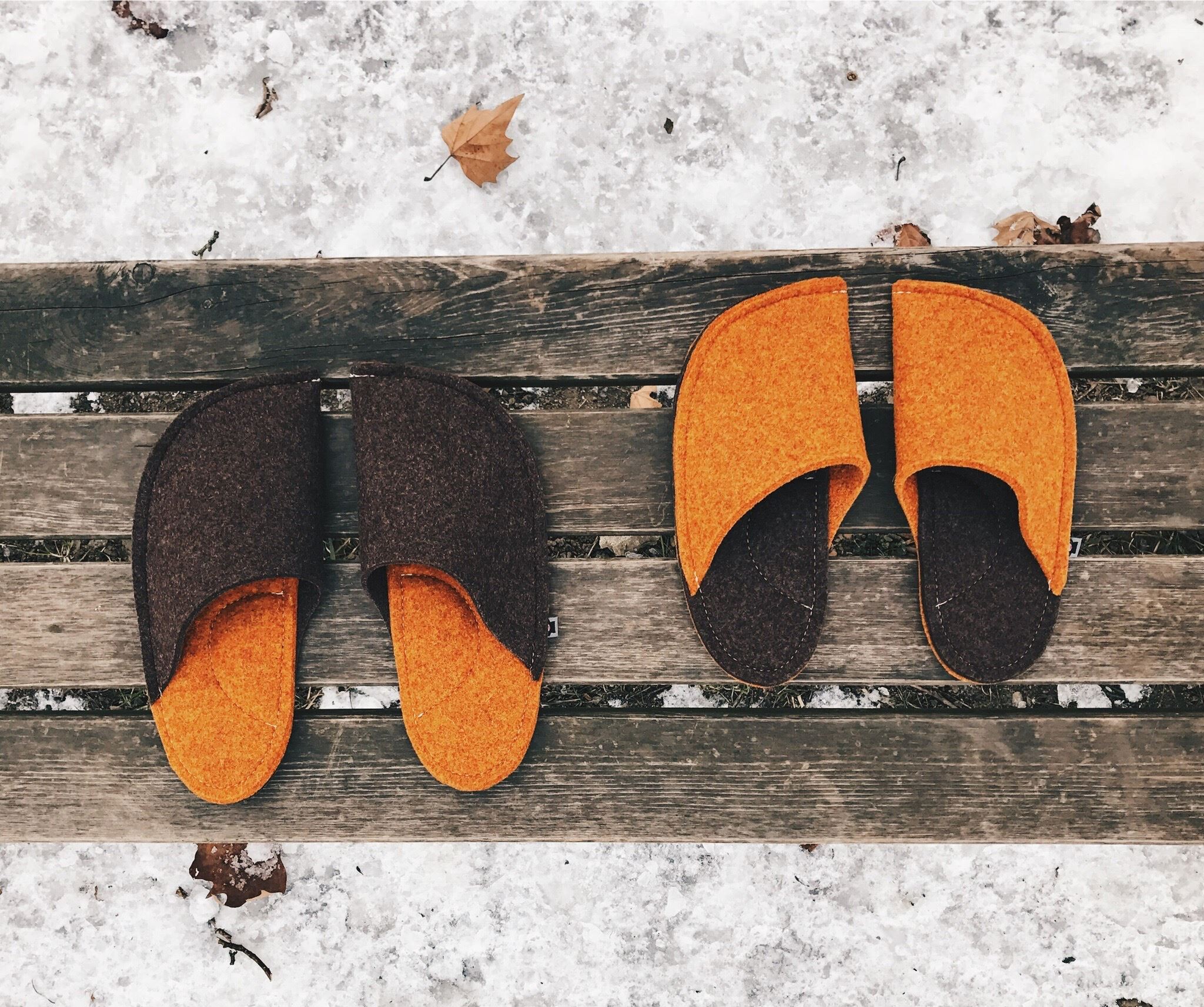There’s nothing quite like the comforting embrace of house slippers. Slovenian house slippers, or ‘copati’, however, take this snug tradition to a whole new level. These delightful footwear have a long history, with roots that trace back through generations. If you're invited into a Slovenian home, you’ll very likely be offered a pair to wear, and you may even encounter people wearing them around their place of work. In this article, we'll take a spirited journey into the world of Slovenian house slippers, exploring their history, unique styles, textiles, and designs.
A Step Back in Time
The story of Slovenian house slippers begins with the country's long history of craftsmanship and love for traditional clothing. Slovenian culture is deeply intertwined with folk traditions, and these slippers are no exception. They were born out of a necessity for warmth and comfort in the harsh Alpine winters.Legend has it that Slovenian house slippers date back centuries, with their earliest incarnations being simple, utilitarian foot coverings. Crafted by local artisans using locally sourced materials, they were essential for keeping feet warm in the cold, damp mountainous regions of Slovenia.
Style with a Twist
One of the most fascinating aspects of Slovenian house slippers is the variety of styles and designs that have evolved over time. Each region of Slovenia has its own unique take on the house slipper, resulting in a tapestry of styles that celebrate the country's diverse cultural heritage.Gorenjska's Embroidered Elegance: In the Gorenjska region, slippers are often adorned with intricate floral embroidery. These hand-stitched designs are a testament to the patience and craftsmanship of the artisans who create them. They are not just footwear; they are works of art for your feet.
Dolenjska's Woolen Wonders: Dolenjska, known for its rolling hills and pristine rivers, has a climate that calls for slippers made from pure wool. These slippers are incredibly warm and soft, making them perfect for the coldest of winters. They come in a variety of colours and patterns, reflecting the vibrant spirit of the region.
Primorska's Mediterranean Flair: In the Primorska region, slippers take on a more Mediterranean vibe. They often feature bright colours and geometric patterns, mirroring the sunny landscapes and vibrant cultures found along Slovenia's coast.
Prekmurje's Quirky Charms: The Prekmurje region is famous for its distinctive slippers adorned with pom-poms and tassels. These playful additions give the slippers a touch of eccentricity and are sure to bring a smile to your face.
Styria's Leather Luxe: Styria, with its rolling vineyards and charming villages, has a tradition of crafting leather slippers. These slippers are not only durable, but also exude a sense of rustic elegance. They are perfect for those who appreciate both style and practicality.

Photo: www.slovenika.eu
Textile Tales
The textiles used to create Slovenian house slippers have always reflected the local environment and culture. Here are some of the most common materials you'll find:Wool: As previously mentioned, wool is a favourite for its warmth and softness. Whether sheep's wool or the more luxurious merino wool, these slippers are like a warm hug for your feet.
Leather: Leather slippers are both durable and stylish. They are often adorned with intricate stitching or embossing, showcasing the artisan's skill.
Felt: Felted slippers, made from compressed and matted wool fibres, offer a unique texture and warmth. They are cosy and breathable, making them ideal for year-round use.
Canvas: Canvas slippers are a lighter option, perfect for the warmer months, and are often decorated with colourful prints and patterns.
Designs that Delight
The designs of Slovenian house slippers are not only beautiful but also steeped in tradition. Many of these designs have been passed down through generations, and each one carries its own unique symbolism:Flowers: Floral patterns are a common theme in Slovenian embroidery. They symbolise growth, beauty, and the connection between people and nature.
Geometric Patterns: Geometric designs often represent the harmony of the universe and the balance between different elements of life.
Animals: Some slippers feature depictions of animals, such as birds or deer. These animals are often associated with folklore and local myths.
Suns and Stars: Celestial symbols like the sun and stars can also be found on slippers, symbolising hope, light, and a bright future.

Slovenian house slippers are more than just footwear; they are a window into the rich tapestry of Slovenian culture and tradition. With their diverse styles, locally sourced materials, and intricate designs, these slippers have woven themselves into the very fabric of Slovenian life. From the chilly Alpine winters to the sun-soaked coasts, Slovenian house slippers continue to be cherished for their warmth, comfort, and timeless beauty. So, the next time you slip your tootsies into a pair of cosy house slippers, remember the centuries of tradition and craftsmanship that have brought this comfort to your feet.
Read more about the Slovenika Store.





Comments